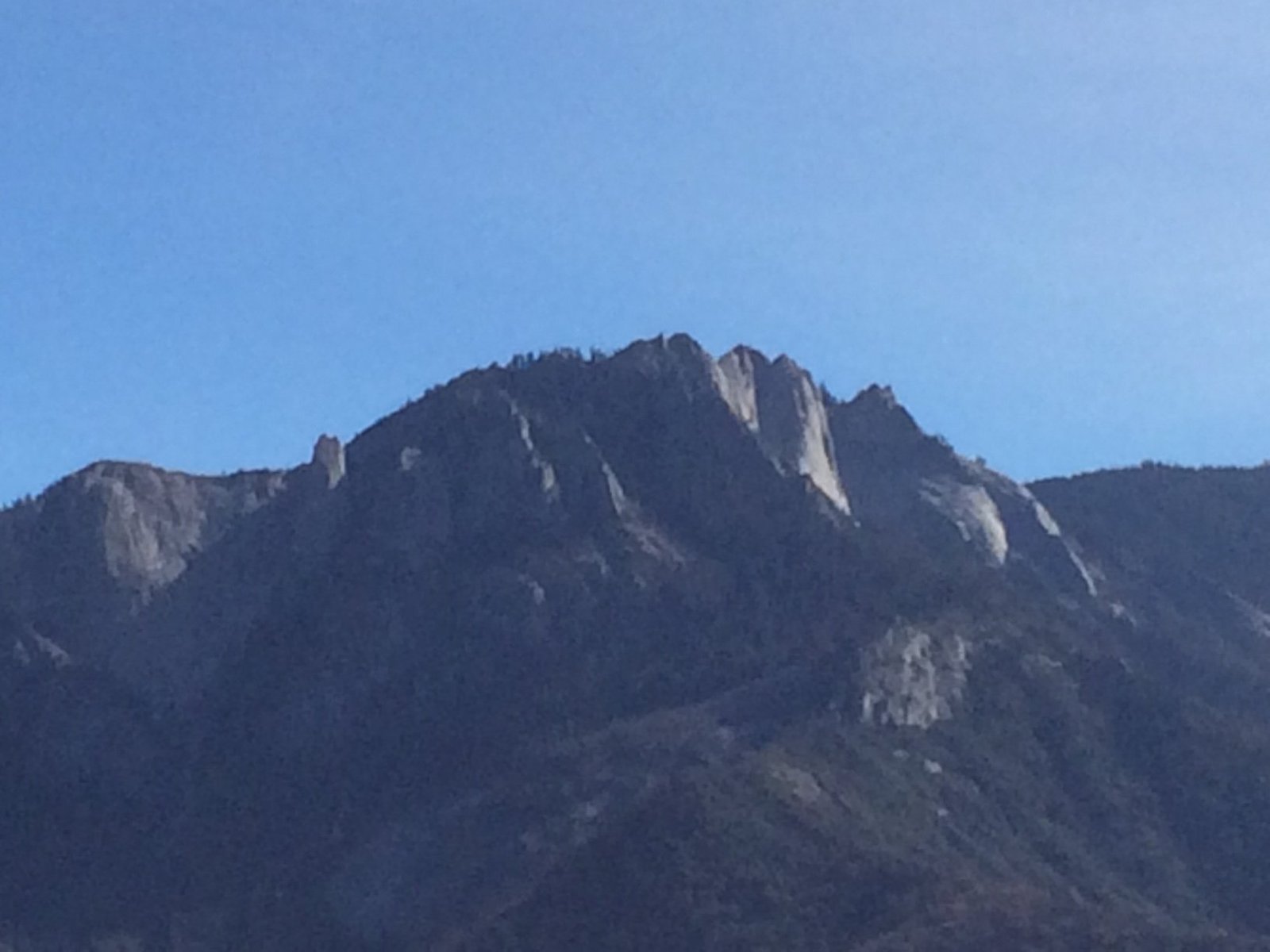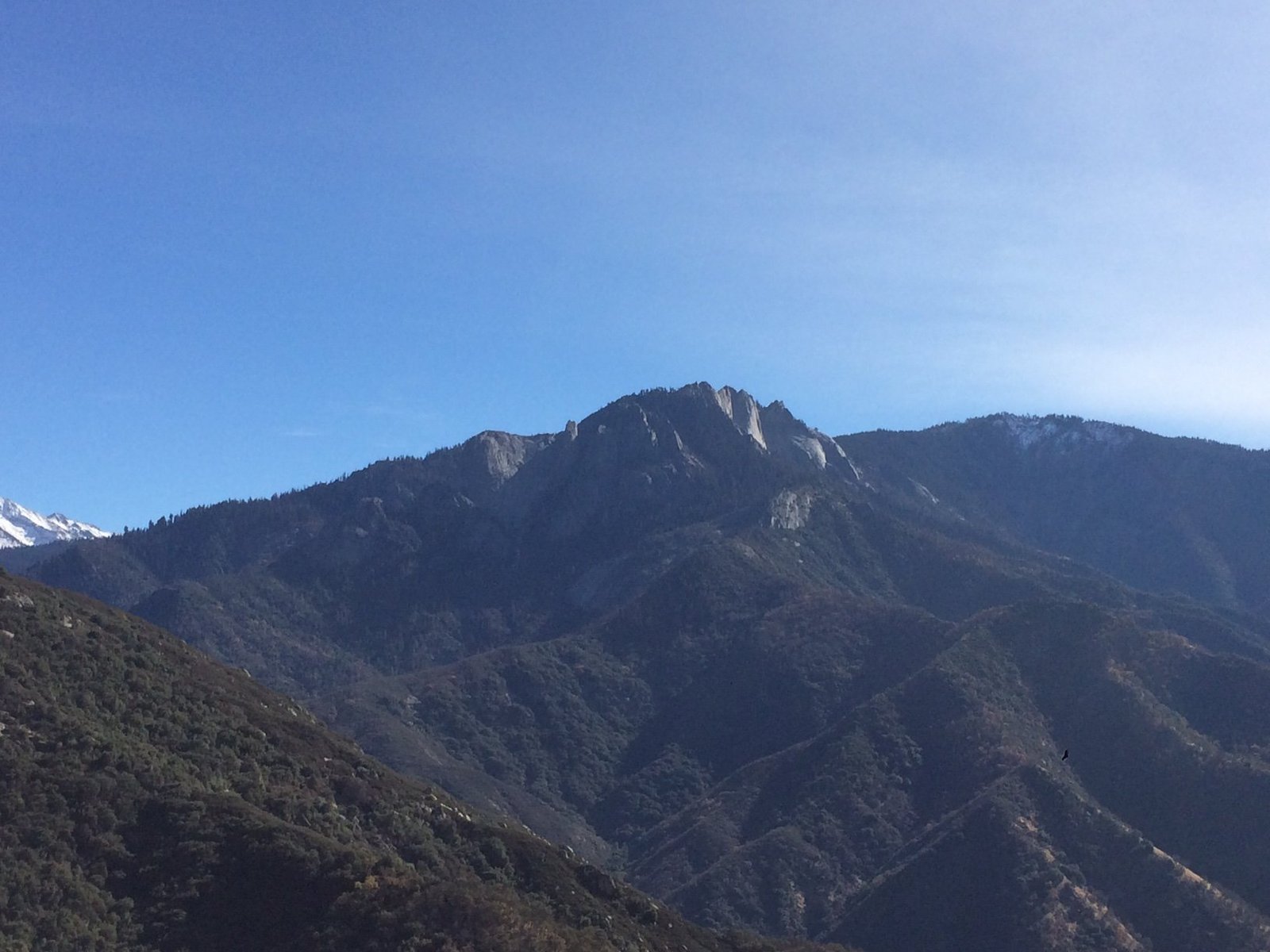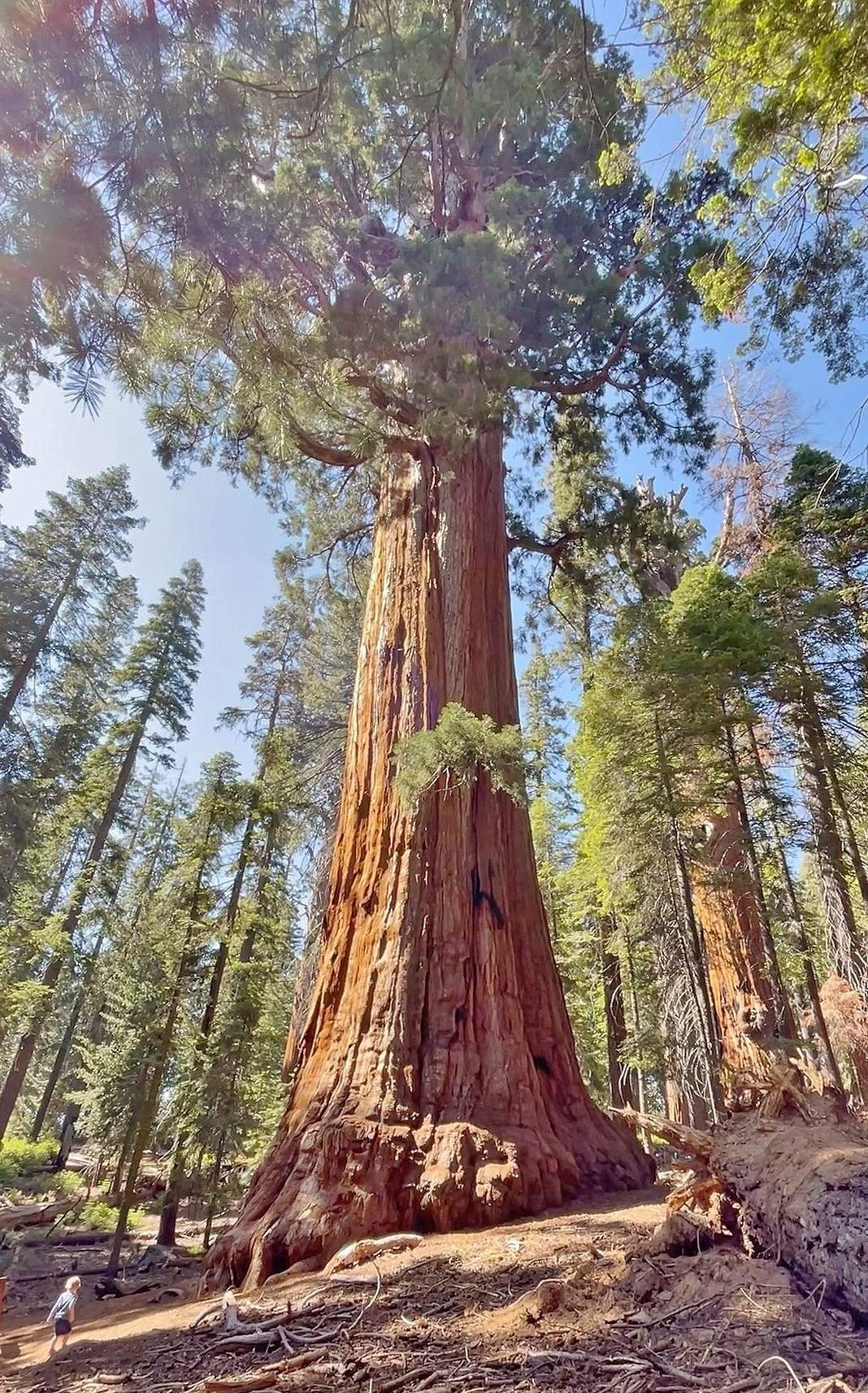The Sequoia National Park ecosystem is a diverse and complex network of habitats, species, and ecological interactions. Spanning nearly 13,000 feet of vertical relief, the park encompasses a wide range of ecological zones, from alpine tundra to foothills chaparral. Home to over 2,000 plant species and more than 300 animal species, including the iconic giant sequoias, this ecosystem plays a crucial role in biodiversity conservation and carbon sequestration. The park’s unique geological features and varied landscapes support a rich tapestry of life, making it a vital area for ecological research and conservation efforts.
What Are the Key Components of the Sequoia National Park Ecosystem?

The Sequoia National Park ecosystem is composed of several interconnected elements:
- Biodiversity: The park boasts an impressive array of flora and fauna, including:
- Over 2,000 plant species
- 194 bird species
- 85 mammal species
- 13 amphibian species
- 25 reptile species
-
9 native fish species
-
Habitat Types: The park’s extensive vertical relief creates diverse habitats:
- Alpine Tundra
- Montane Forest
-
California Foothills Ecosystem
-
Ecological Interactions: The ecosystem is characterized by complex relationships between species and their environment, including:
- Soil biodiversity influenced by giant sequoias
- Predator-prey dynamics involving species like the Pacific fisher and mountain lions
- Human impacts on soil health, water quality, and vegetation
How Do Giant Sequoias Shape the Ecosystem?

Giant sequoias play a pivotal role in the Sequoia National Park ecosystem:
-
Carbon Sequestration: These massive trees are among the most efficient carbon sequestrators, storing significant amounts of carbon throughout their long lives (up to 3,200 years).
-
Soil Health: Sequoias support a diverse and rich microbial community in the soil, crucial for nutrient cycling and overall soil health.
-
Habitat Provision: They create complex forest structures that support a variety of plant and animal life, including shade-intolerant species.
-
Microclimate Creation: Sequoia groves act as “living cathedrals,” providing unique microclimates for adapted species.
What Are the Keystone Species in Sequoia National Park?
Two notable keystone species in the park are:
- Giant Sequoias:
- Influence habitat structure, microclimate, and soil properties
- Approximately 75 naturally occurring groves in the Sierra Nevada
-
Critical for maintaining the complex web of life within the park
-
Pacific Fisher:
- Key predator regulating populations of smaller mammals and birds
- Threatened species with relatively low numbers
- Essential for maintaining ecosystem balance
What Conservation Efforts Are Underway in Sequoia National Park?
Current conservation initiatives include:
- Restoration and Conservation of Sequoia Groves:
- Defining specific restoration goals and targets
- Managing fire regimes to promote natural regeneration
-
Reducing hazardous fuels
-
Soil and Water Protection:
- Restoring soil health
- Preventing erosion
-
Ensuring surface soils can hold water and nutrients
-
Research and Volunteer Programs:
- Yosemite Environmental Science Research Training program
- National Park Service’s Volunteer Program
How Is Climate Change Affecting the Sequoia National Park Ecosystem?
Climate change poses significant challenges to the park’s ecosystem:
-
Temperature Increases: Rising temperatures are altering habitat suitability for many species.
-
Drought Stress: Increased frequency and severity of droughts are affecting tree health and survival.
-
Fire Regime Changes: Altered fire patterns are impacting forest structure and regeneration.
-
Species Migration: Some species are shifting their ranges to higher elevations in response to warming temperatures.
What Unique Geological Features Contribute to the Park’s Biodiversity?
The park’s geological diversity plays a crucial role in its biodiversity:
-
Elevation Gradient: The nearly 13,000-foot elevation range creates diverse microclimates and habitats.
-
Soil Composition: Varied soil types support different plant communities and microbial ecosystems.
-
Rock Formations: Unique rock formations provide specialized habitats for certain plant and animal species.
-
Water Features: Rivers, streams, and wetlands contribute to habitat diversity and support aquatic ecosystems.
How Do Human Activities Impact the Sequoia National Park Ecosystem?
Human activities have both positive and negative impacts on the park’s ecosystem:
-
Tourism: While providing economic benefits, high visitor numbers can lead to habitat disturbance and pollution.
-
Conservation Efforts: Restoration projects and controlled burns help maintain ecosystem health.
-
Historical Development: Past activities have affected soil health, water quality, and vegetation patterns.
-
Climate Change Mitigation: Efforts to reduce carbon emissions and promote sustainable practices help protect the park’s future.
What Role Does Fire Play in the Sequoia National Park Ecosystem?
Fire is a crucial element in the park’s ecological processes:
-
Natural Regeneration: Many species, including giant sequoias, rely on fire for seed dispersal and germination.
-
Habitat Maintenance: Periodic fires help maintain open forest structures and diverse habitats.
-
Nutrient Cycling: Fire aids in nutrient release and soil enrichment.
-
Invasive Species Control: Controlled burns can help manage invasive plant species.
How Does the Park’s Ecosystem Contribute to Global Biodiversity Conservation?
Sequoia National Park’s ecosystem plays a significant role in global biodiversity conservation:
-
Habitat Preservation: The park protects critical habitats for numerous species, including endangered and endemic species.
-
Genetic Diversity: By preserving large, intact ecosystems, the park maintains genetic diversity within species populations.
-
Research Opportunities: The park provides valuable opportunities for ecological research and monitoring.
-
Climate Change Resilience: The diverse habitats and elevation gradients offer potential refugia for species adapting to climate change.
In conclusion, the Sequoia National Park ecosystem is a complex and vital natural system that plays a crucial role in biodiversity conservation, carbon sequestration, and ecological research. Its diverse habitats, unique geological features, and iconic species like the giant sequoias make it an invaluable natural resource. Ongoing conservation efforts and research initiatives are essential to protect and understand this remarkable ecosystem in the face of climate change and other human-induced pressures.
References:
1. The Roles and Contributions of the Sequoia National Forest
2. World’s Oldest Trees Shape the Diversity of Life in Their Soils, Study Shows
3. USGS DDS-43, Ecology and Management of Giant Sequoia Groves

